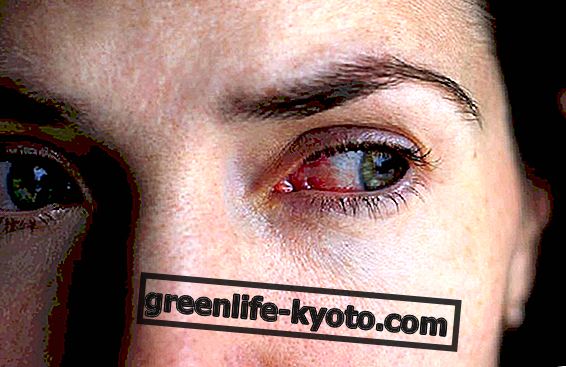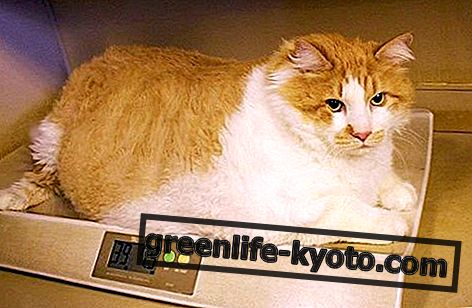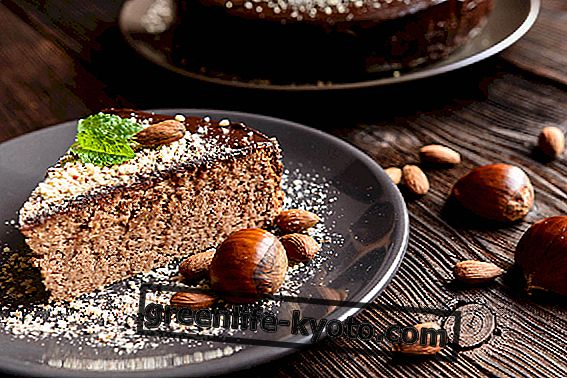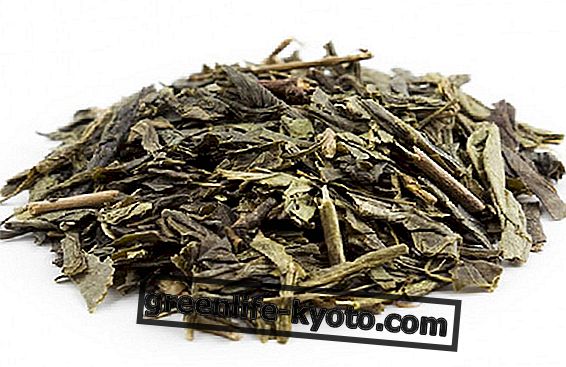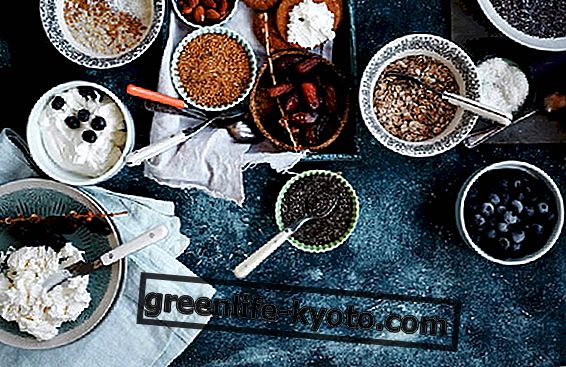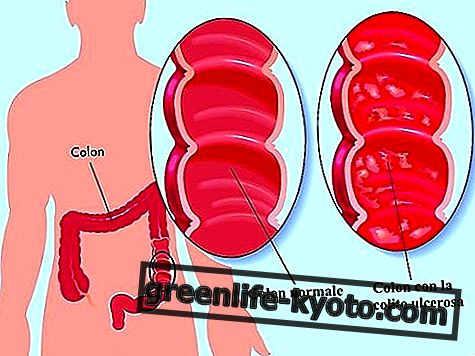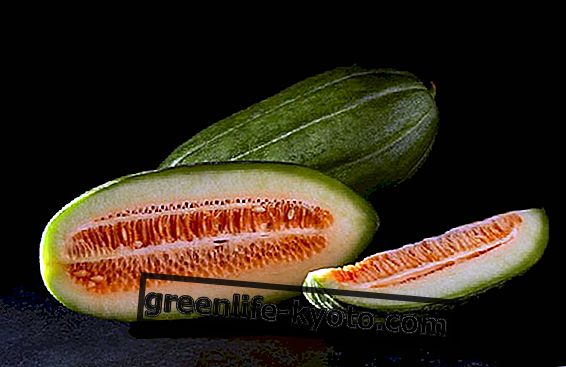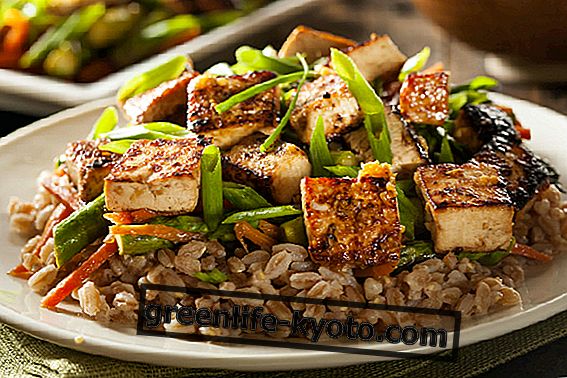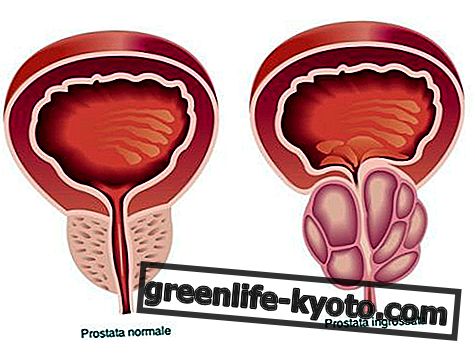
Pea pods, commonly called skins, are often considered a waste ; consequently they end up in the waste. In reality, however, they are edible and can be used in many recipes, with excellent health benefits .
Botanically, the pods are fruits and the peas are the seeds within them.
They should be consumed when they are very fresh; of course, as these are skins, it is advisable that the product comes from organic farming, to avoid bringing pesticides to the table.
The flavor is similar to that of peas ; however, they are slightly sweeter.
In this article we refer to the pods of common peas, those, in fact, that are discarded. In fact, there is a variety known as mangiatutto or taccola, in which the pod is normally consumed because the seeds inside are not very developed and the peel is more tender.
Here, therefore, we refer to the pods of the varieties to be peeled ; those that usually end up in the trash.
Pea pods, nutritional properties
Pea pods supply just over 40 calories per 100 g of product . They contain no fat and are an excellent source of vitamins, especially vitamin A, vitamin C and vitamin K.
They present a good quantity of minerals and, considering that it is a vegetable food, they are particularly rich in iron; In fact, 100 grams of product contain about 2 milligrams.
They are very fibrous ; in 100 grams of pea pods there are about 3 grams of fiber.
Why eat pea pods?
For nutritional qualities, of course, but ... there are also other good reasons, like:
> vary the diet and try new recipes;
> reduce food waste ;
> reduce the volume of waste ;
> save . We consider, in fact, that the pods make up about 70% of the product . If, therefore, only peas are consumed, only 30% of what was purchased is brought to the table.
How to cook with pea pods
Pea pods are suitable for the preparation of velvets and creams ; they are, however, very fibrous, therefore after having boiled them they must be passed to the vegetable mill .
It is preferable to use a vegetable mill to that of the blender because the numerous filaments on the pod could get stuck to the blades of the appliance, with the risk of breaking it.
An anti-waste idea is to use pea pods as an ingredient of vegetable broth, to be used, for example, to cook the pasta or even to give more flavor to a risotto, to wet a vegetable sauce, to further flavor soupy dishes.
After boiling them and passing them to the vegetable mill, the pea pods can become the seasoning for risottos and other first courses; they can be used to prepare excellent flans; they can be added to potatoes to obtain a puree different from the usual ...
With a little imagination in the kitchen you can fight waste and eat better and healthier.
